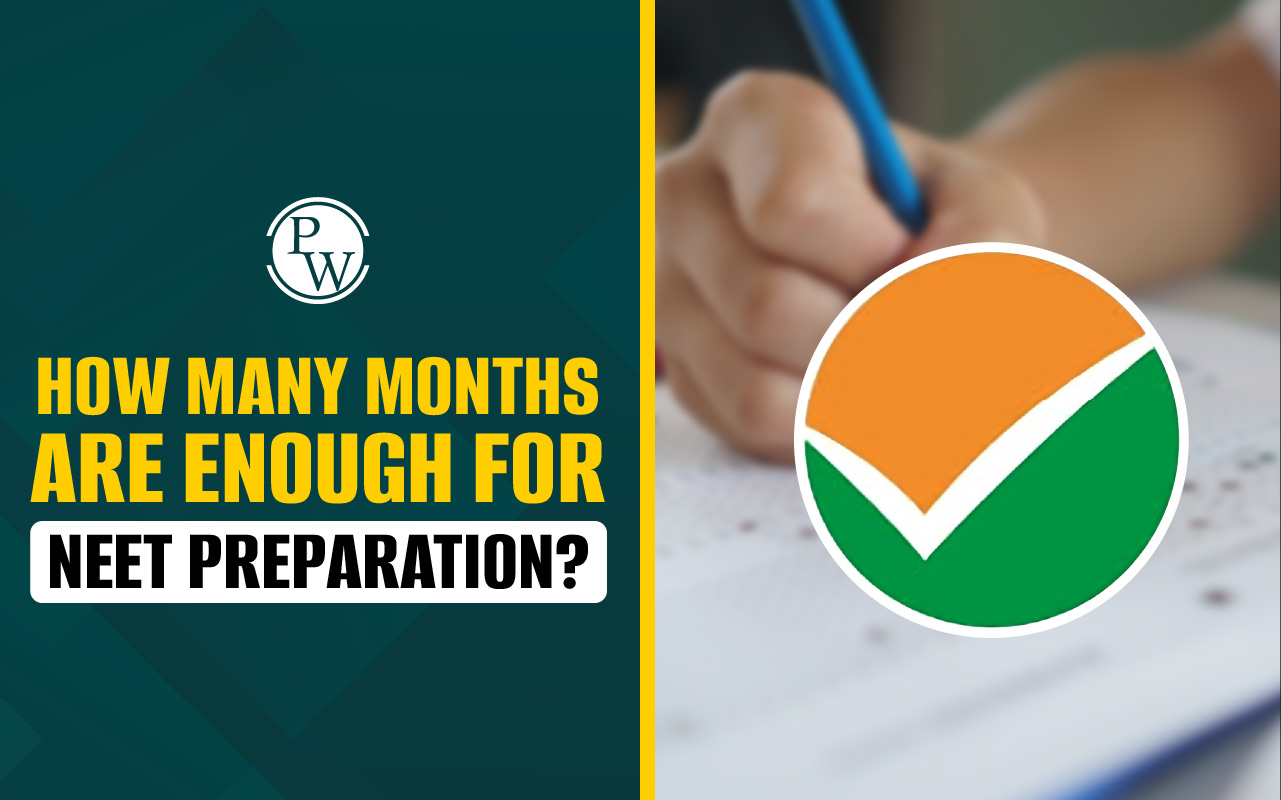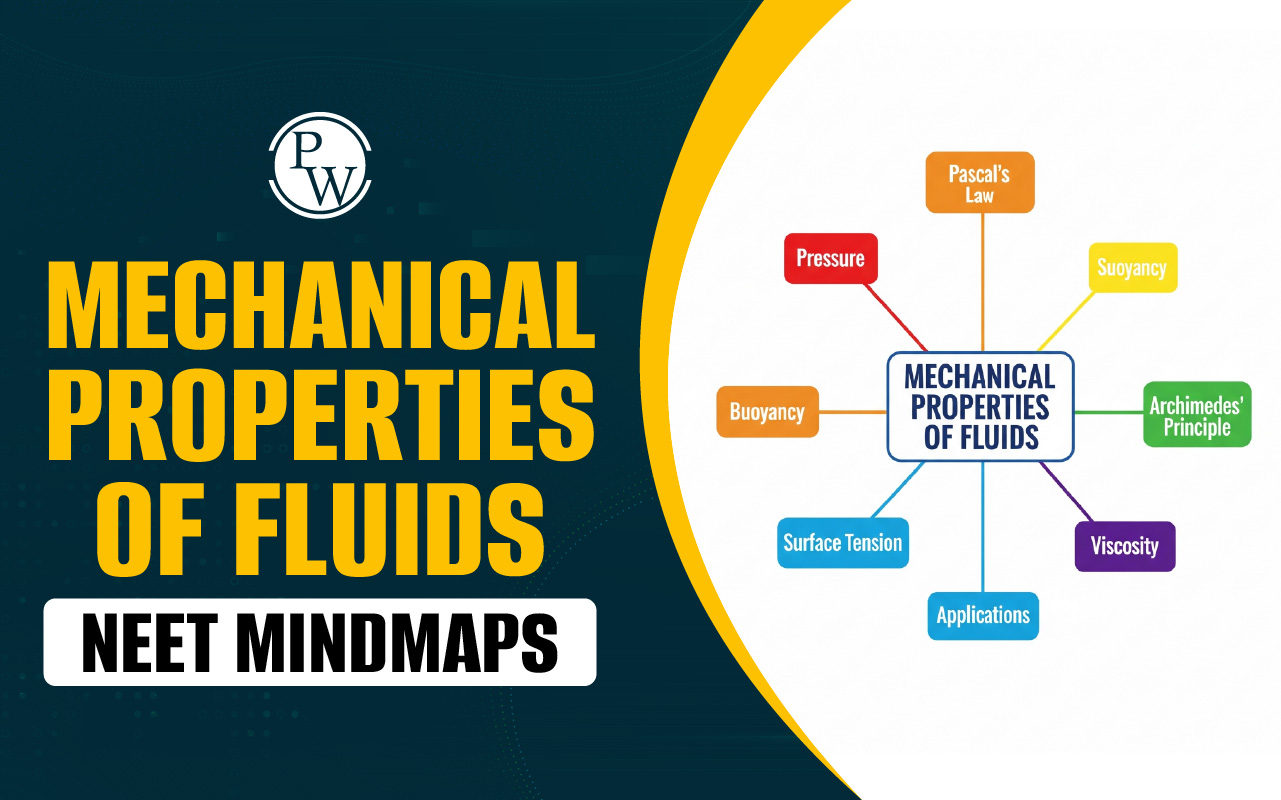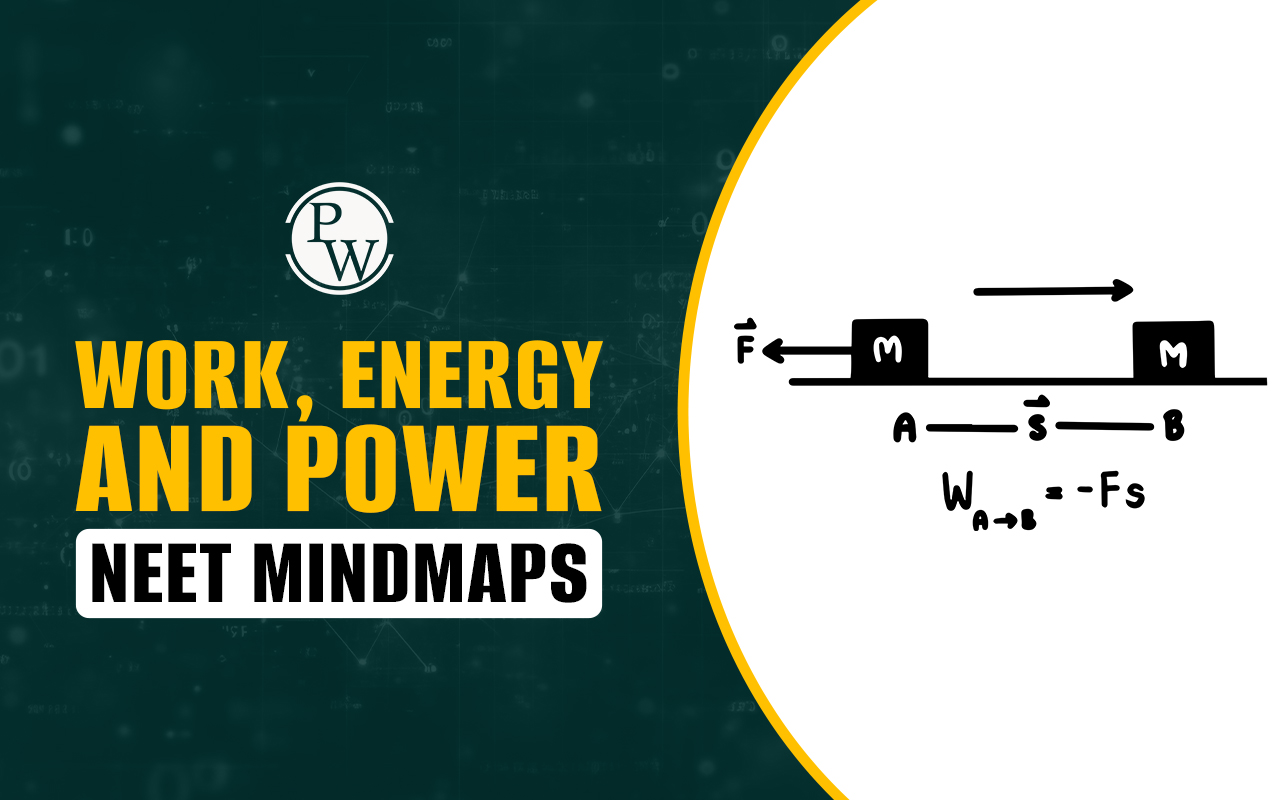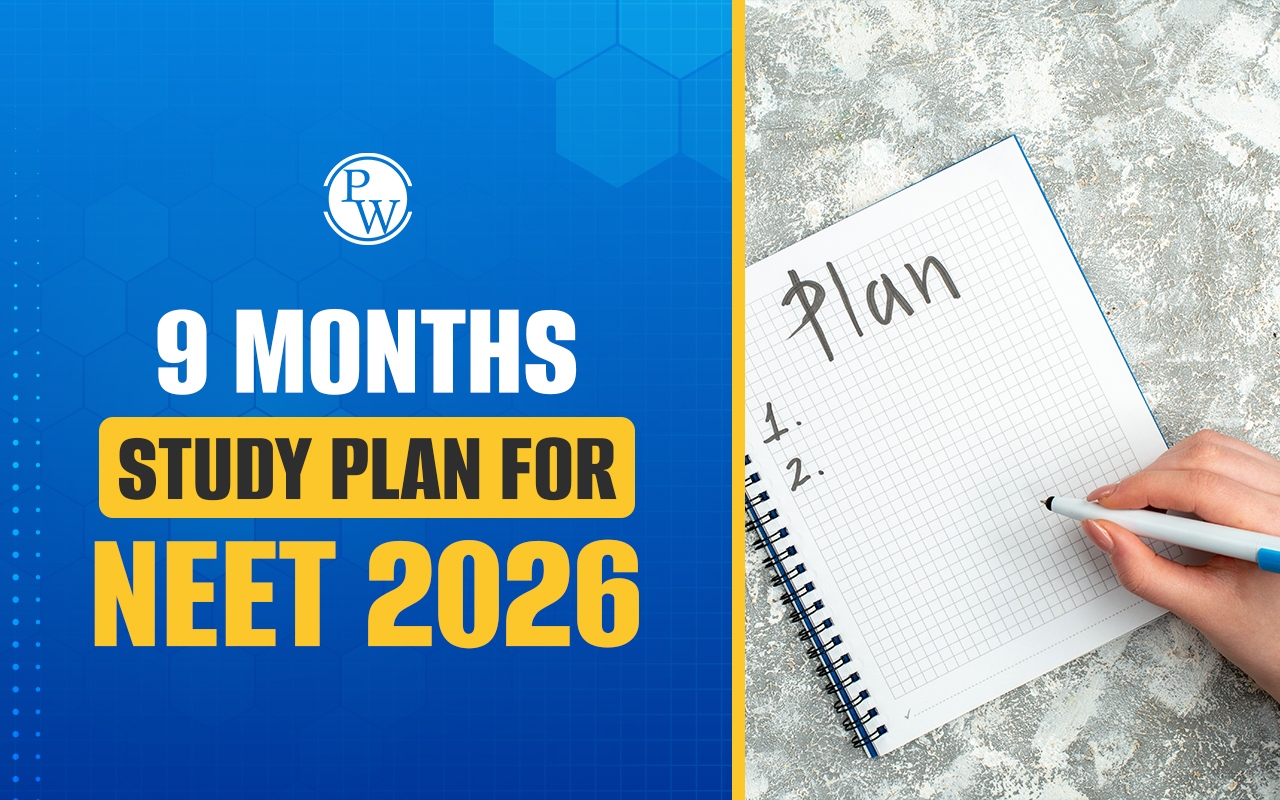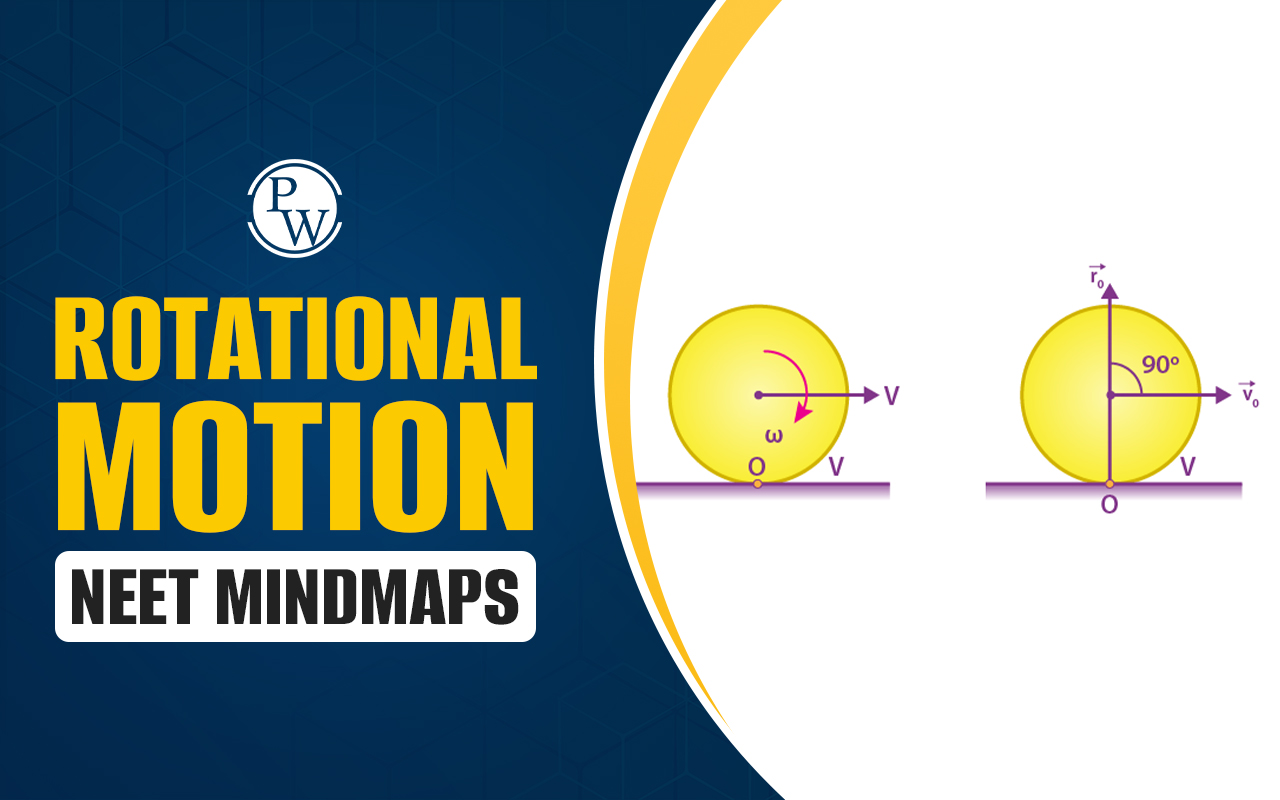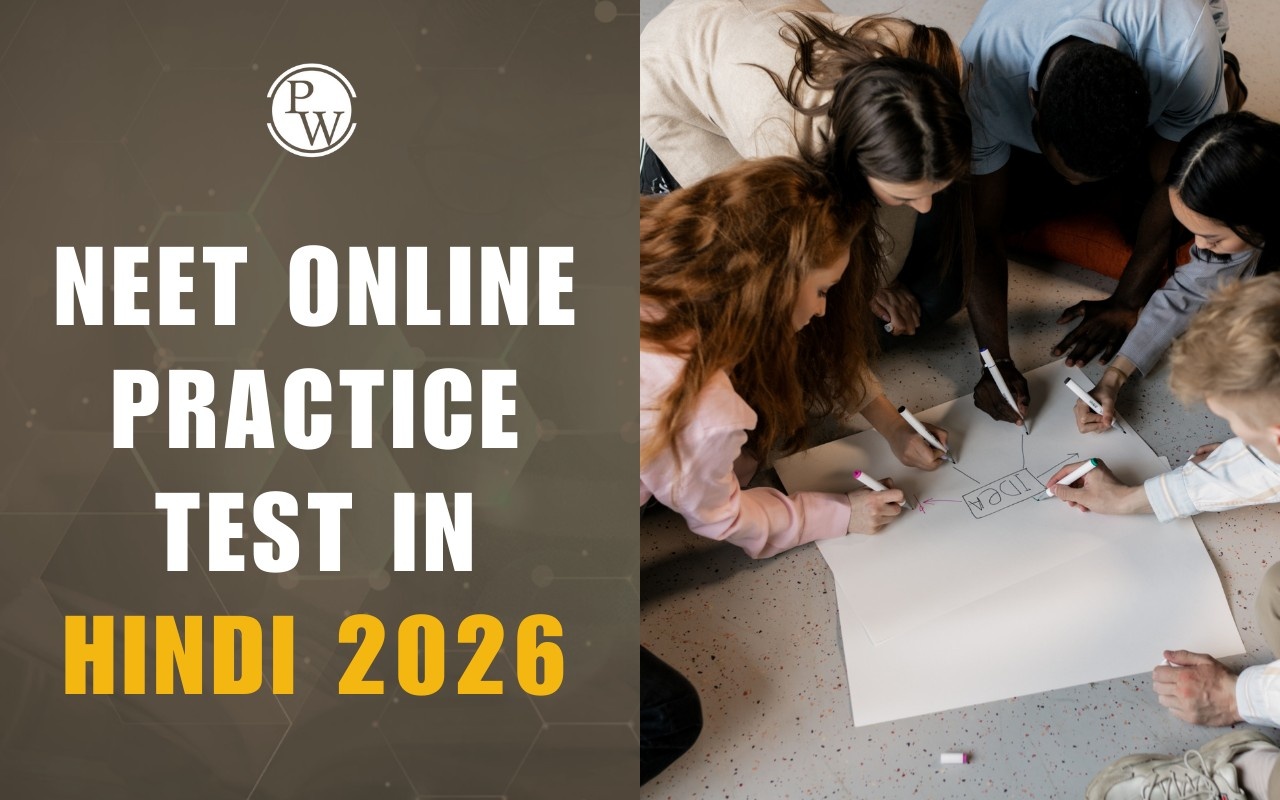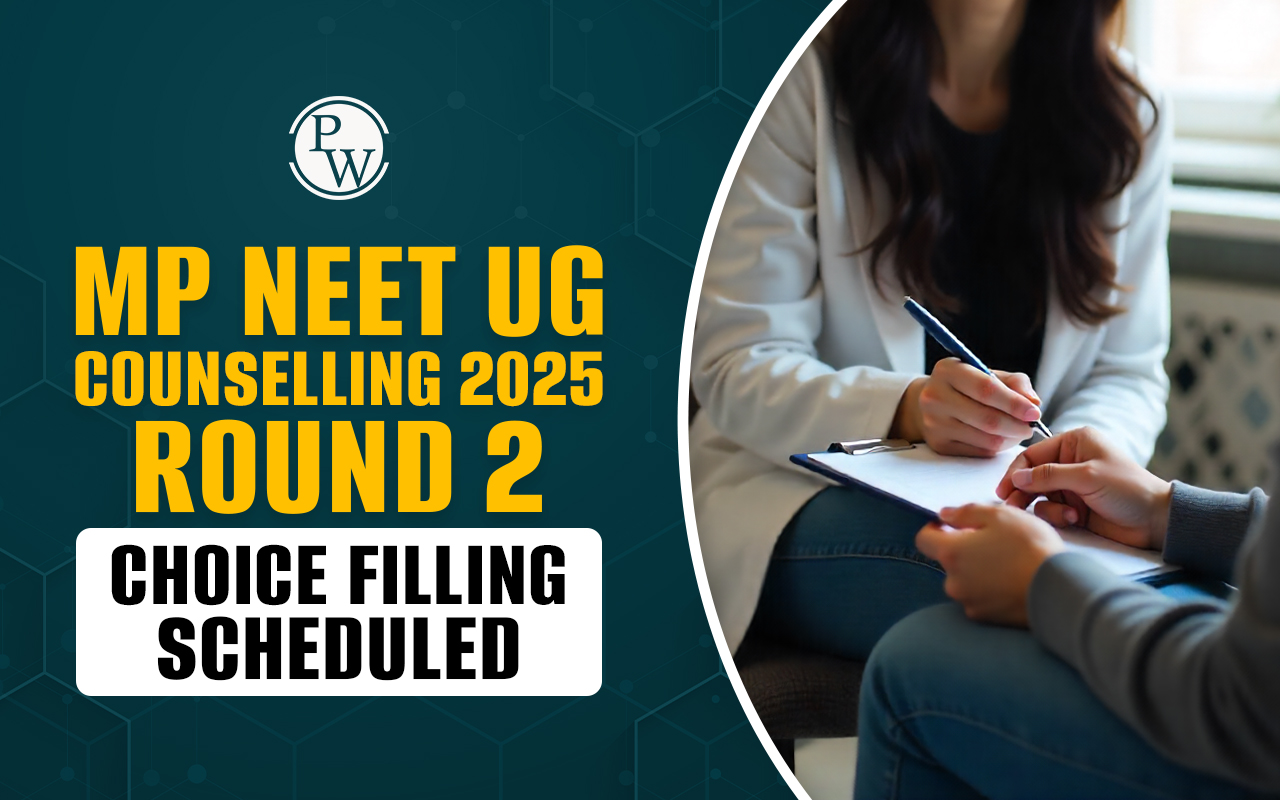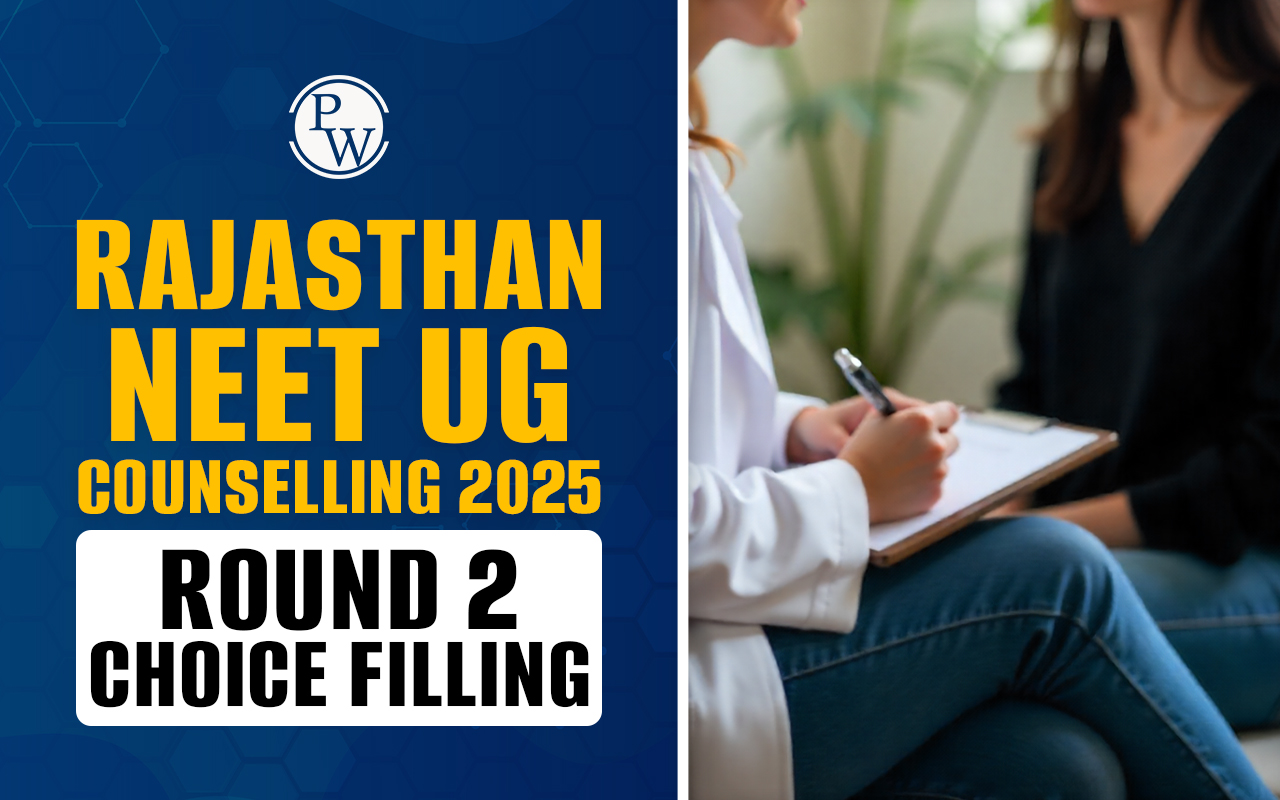
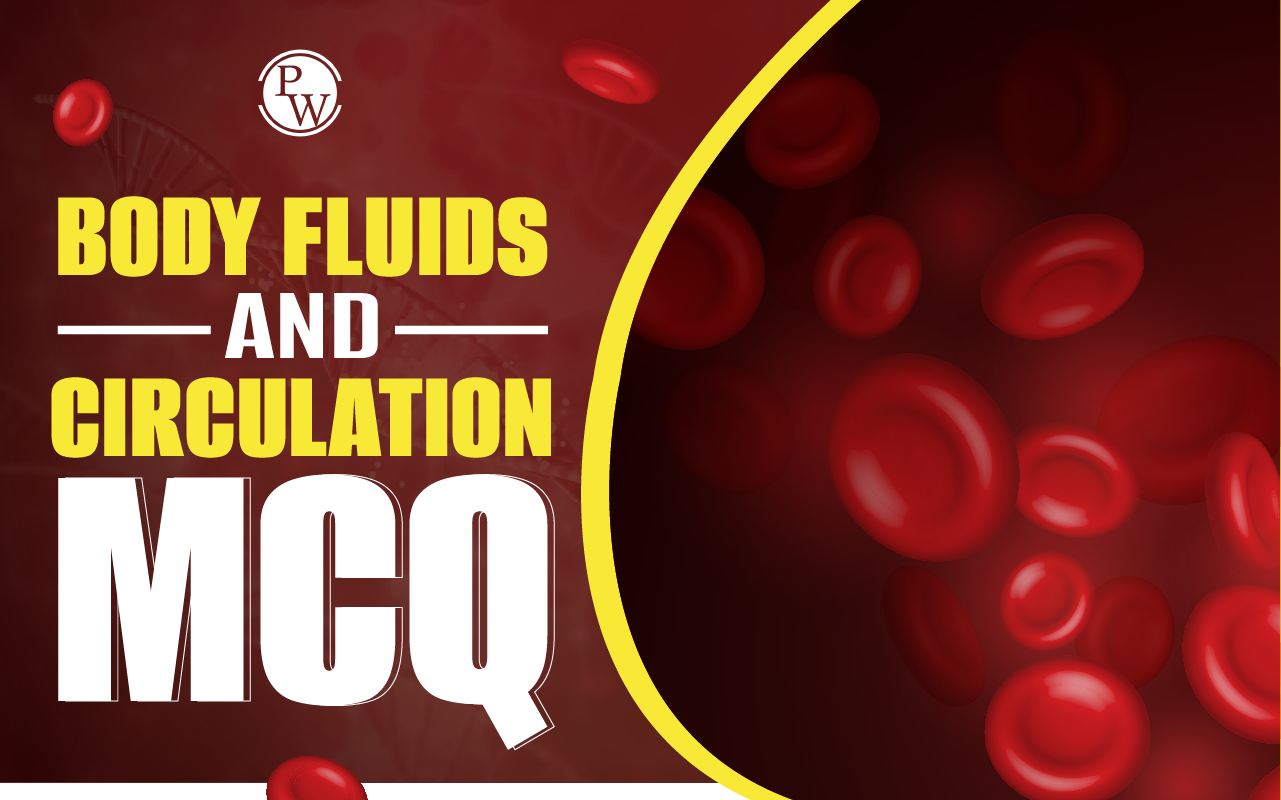
Body Fluids and Circulation MCQs: Body Fluids and Circulation is an important chapter in Class 11 Biology. It is also a part of the NEET Biology syllabus. Every year, about 5% of the questions in NEET Biology come from this topic. This chapter talks about how blood and other fluids move in the human body and how the heart works.
Practicing MCQs from this chapter is helpful for the NEET exam. It helps you remember facts, understand how the body works, and also saves time in the exam. Solving many MCQs makes your concepts strong and helps you score better. If you want to study this chapter in more detail, you can read the Body Fluids and Circulation NEET notes.
Body Fluids and Circulation MCQs Overview
In our body, some fluids like blood and lymph help in transporting different substances like oxygen, carbon dioxide, nutrients, and waste materials. This process is called circulation. The main organ that helps in circulation is the heart. Blood flows in a closed system of tubes called blood vessels. The body also has lymph, which is another fluid that helps in transport and protection from diseases.
In this chapter, you will learn about the structure of the heart, the types of blood vessels, the cardiac cycle, and how blood flows through the body.
Download Last 5 Years NEET Previous Year Question Papers PDF
Free NEET PYQ PDF
Body Fluids and Circulation MCQs with Explanations
Below are some important NEET-level MCQs with answers and simple explanations.
Q1. Which of the following statements is correct?
A. Different animals have developed various methods for the transport of substances such as nutrients, gases and waste products.
B. Plasma is a straw coloured, viscous fluid constituting nearly 55 per cent of the blood.
C. Blood is the most commonly used body fluid by most of the higher organisms including humans for transport purposes.
D. All of these
Answer: D. All of these
Explanation: All the given statements are true. Animals use different systems to move substances, and blood and plasma are key components in humans.
Q2. Erythroblastosis foetalis can be avoided by:
A. Administering immunosuppressant drugs.
B. Administering anti-Rh antibodies to the foetus.
C. Administering Rh antigens to the mother.
D. Administering anti-Rh antibodies to the mother.
Answer: D. Administering anti-Rh antibodies to the mother.
Explanation: Giving anti-Rh antibodies to the Rh-negative mother prevents her from making antibodies that can harm the Rh-positive baby.
Q3. Which of the following is/are constituent of formed elements?
A. Erythrocytes
B. Leucocytes
C. Platelets
D. All of these
Answer: D. All of these
Explanation: Formed elements in blood include red blood cells (erythrocytes), white blood cells (leucocytes), and platelets.
Q4. Which of the following should be avoided in biological marriages?
A. A⁺ man and A⁺ woman
B. A⁺ man and A⁻ woman
C. O⁺ man and O⁺ woman
D. O⁻ man and O⁻ woman
Answer: B. A⁺ man and A⁻ woman
Explanation: This pairing may cause Rh incompatibility and problems like erythroblastosis foetalis in babies.
Q5. All of the following statements w.r.t human blood group are correct, except:
A. ABO and Rh blood groups are widely used all over the world.
B. The blood of a donor and recipient should be carefully matched before any blood transfusion.
C. Rh antigen is observed on the surface of RBCs of the rhesus monkey.
D. Persons with 'AB' blood group are called universal donor.
Answer: D. Persons with 'AB' blood group are called universal donor.
Explanation: AB group individuals are universal recipients, not donors. O⁻ individuals are universal donors.
Q6. Platelets are derived from cells called:
A. Leucocytes
B. Megakaryocytes
C. Thrombocytes
D. Erythrocytes
Answer: B. Megakaryocytes
Explanation: Platelets are small fragments that come from megakaryocytes found in bone marrow.
Q7. The first and second heart sounds are due to:
A. Activity of the sinoatrial node.
B. Opening of the heart valves.
C. Activity of parasympathetic neural signals.
D. Closing of the heart valves.
Answer: D. Closing of the heart valves.
Explanation: The "lub" and "dub" sounds of the heart are made when valves close during the cardiac cycle.
Q8. Fibrinogen →⟡(1&(A)) Fibrin. (A) is an active enzyme formed by an inactive substance (B).
A. (A) Prothrombin, (B) Thrombokinase.
B. (A) Vitamin A, (B) Prothrombin.
C. (A) Thrombin, (B) Prothrombin.
D. (A) Thrombin, (B) Thrombokinase
Answer: C. (A) Thrombin, (B) Prothrombin.
Explanation: Thrombin is the active enzyme that changes fibrinogen to fibrin, and it is formed from inactive prothrombin.
Q9. Recognise the figure and find out the correct matching.
A. I-artery, II-vein, III-capillary
B. III-artery, I-vein, II-capillary
C. II-artery, III-vein, I-capillary
D. I-artery, III-vein, II-capillary
Answer: A. I-artery, II-vein, III-capillary
Explanation: Arteries have thick walls, veins have valves and thinner walls, and capillaries are the thinnest.
Q10. Choose the correct pathway for the transmission of action potential in the heart.
A. SA node → AV node → Purkinje fibres
B. Purkinje fibres → SA node → AV node
C. AV node → SA node → Purkinje fibres
D. AV node → Purkinje fibres → SA node
Answer: A. SA node → AV node → Purkinje fibres
Explanation: The signal starts at the SA node, goes to the AV node, then travels through Purkinje fibres to contract the ventricles.
Q11. How is cardiac output calculated?
A. Stroke volume × Blood pressure
B. Stroke volume × Heart rate
C. Heart rate × Diastolic pressure
D. Blood pressure × Pulse rate.
Answer: B. Stroke volume × Heart rate
Explanation: Cardiac output is the amount of blood the heart pumps per minute and is calculated as stroke volume × heart rate.
Q12. Statements I. It can increase the rate of heartbeat.
II. It can increase the strength of ventricular contraction.
III. It can increase the cardiac output.
Which of the following systems are these statements correct for?
A. Parasympathetic neural system
B. Sympathetic neural system
C. Nodal tissues only
D. Both (A) and (B)
Answer: B. Sympathetic neural system
Explanation: The sympathetic system increases heart rate, strength of contraction, and overall cardiac output.
Q13. Which of the following correctly explains the standard electrocardiogram (ECG) below.
A. The QRS complex indicates atrial contraction.
B. The QRS complex indicates ventricular contraction.
C. T-wave represents the return of ventricles from normal to excited state.
D. The P-wave indicates the beginning of ventricular contraction.
Answer: B. The QRS complex indicates ventricular contraction.
Explanation: The QRS wave in ECG shows the contraction of the ventricles, which is the main pumping action of the heart.
Q14. Compared to blood, our lymph has:
A. No plasma.
B. Plasma without proteins.
C. No RBCs.
D. More RBCs and less WBCs.
Answer: C. No RBCs.
Explanation: Lymph does not contain red blood cells. It mainly contains white blood cells and is part of the immune system.
Q15. The value of blood pressure above ___ is called hypertension and below ___ is called hypotension.
A. 110/70 mm of Hg, 140/90 mm of Hg
B. 120/80 mm of Hg, 90/110 mm of Hg
C. 140/90 mm of Hg, 110/70 mm of Hg
D. 90/110 mm of Hg, 120/80 mm of Hg
Answer: C. 140/90 mm of Hg, 110/70 mm of Hg
Explanation: Blood pressure higher than 140/90 is hypertension, and lower than 110/70 is hypotension.
Join PhysicsWallah's online NEET coaching and make your journey simple and clear. Learn from trusted teachers, follow easy-to-understand lessons, and study at your own pace from home.
Body Fluids and Circulation MCQs FAQs
What are body fluids and circulation?
What is "Lymph" in Body Fluids and Circulation?
What are 5 body fluids?
What is the Human Circulatory System?

